
In his photo book Lake District Mountain Landscape, first published in 2010 and re-released last year by Vertebrate Publishing, film maker and photographer Alastair Lee captured a spectacular series of images of the district in all seasons. Concentrating on the high, wild places and fleeting moments of magic light, his pictures portray the fells in panoramic detail. No wonder it took him over five years to shoot. For this short photo 'essay' Alastair has revisited some of his favourite winter scenes.
Looking south from a very cold and icy High Stile. Pillar is the mountain to the right, while the Scafell range and Great Gable are on the left.
Scafell Pike reveals itself after a winter storm in a 360-degree panorama from Bowfell's summit. Everywhere I looked something was happening, as if I was surrounded by a fast-moving laser light show. Dramatic shafts of light, a highly mobile sky, cloud bursts and some snow cover; nature can be such a show off! Standing alone in bitter temperatures in awe of one's surroundings is an experience that never really leaves you. For the next few days it seemed as if part of me remained in a trance, bewitched, still on the mountain. This feeling of visiting another world is what draws me to the summits. When I shut my eyes I'm still there.
While descending Helvellyn as the evening light was fading, an almost full moon rose dramatically. This gave me the idea of coming back to take some photographs by its crepuscular light. I thought frozen water might help reflect some of the moon's glimmer, so I headed for Red Tarn below Helvellyn. It was pitch black when I arrived and bitterly cold, with a strong north wind, so I headed up to Striding Edge seeking shelter on its lee side. Apart from the cold, I needed to be out of the wind in order to steady the camera during the long exposures required. I was out for about six hours and it was one of the most spiritually uplifting – and simultaneously spooky – experiences I've had in the Lakeland fells. This shot is taken from Striding Edge looking towards an unreal Nethermost Pike and Dollywaggon Pike frozen into an arctic moonscape. In great contrast, the west coast neon strip of Morecambe and Blackpool intrudes on the horizon, a reminder that the illusion of wilderness in the Lake District is fragile and easily broken.
The 'Priest Hole' Cave, Dove Crag, Dovedale. The history behind the 'Priest Hole' remains a mystery. It is probably a natural cavity which has been modified by generations of hill users for use as a shelter, akin to a Scottish 'howff'. In the past it is likely that shepherds utilised it (the remains of ancient sheep-folds scatter the hillslopes below) but today you are more likely to encounter adventurous walkers and climbers in search of a bivouac. 'Priest Hole' is likely to be simply a nickname, a reference to the famous hiding places favoured by Catholic recusants in ancient houses during times of persecution. Nevertheless, despite the lack of solid evidence, a feature as unusual as this has naturally garnered many myths. Some theorise that the cave has a more colourful past connected to prehistoric miners, smugglers or genuine religious persecution. The only certainty is that the enigma of the hole will continue to fascinate those who pass by.
Framed by Great Gable, Green Gable and Sprinkling Tarn, the wild, tundra-like uplands to the south-west of Borrowdale belie their origins as a domestic livestock raising ground over a thousand years old. In the thirteenth and fourteenth centuries this corner of Lakeland lay on the boundary between two great sheep and cattle ranches run by the powerful monastic houses of Furness and Fountains Abbeys. In many ways, these Cistercian ecclesiastical bodies behaved like modern agribusiness corporations. They were leading agents in the international wool trade of the time with fleeces exported as far afield as continental Europe. Down below in the valley, the hamlet of Grange in Borrowdale became the administrative centre from which the monks of Furness managed their central Lakeland estate holdings. Echoes from this ancient period of intensive use remain in the form of the lonely treeless landscape and some of the original ranching boundaries, one of which, constructed partly from wooden palings and preserved in peat, was excavated by archaeologists near Stockley Bridge fifteen years ago.
Looking south from Pillar's summit to the Scafell range. I hung around until the short winter daylight faded completely, reluctant to leave the otherworldly ambience created by the tranquil dusk light. It seemed more like Alaska or northern Greenland. Wherever you looked the arctic beauty was extraordinarily powerful.
The eastern corries running from below Helvellyn's summit through Nethermost Pike to Dollywaggon Pike is one of the most reliable and popular winter climbing arenas in the Lake District, with many easy routes. Scotland is just in view on the northern horizon, across the Solway Firth.
Alastair Lee has been taking photographs since he first went travelling at the age of twenty.

The main focus in front of the camera has always been his fascination for wild landscapes realised through many rock climbing and mountaineering adventures. The author of two travel guides to Australia and New Zealand, Alastair's first full colour photography book was Eyes Up (2003), a selection of images from his worldwide travels. This was followed by Forgotten Landscape (2004), and his acclaimed Pendle (2009), a collection of photographs of his beloved Pendle Hill. Further books about the Lake District (2010) and Baffin Island (2011) have both received rave reviews from the photographic press. Over the past ten years Alastair has also developed his film making skills: his films have won over 60 international awards, most recently for his Alaskan climbing epic Citadel. For more on his films see the Posing Productions website
Lake District Mountain Landscape is available from Vertebrate Publishing
- Citadel 4k, HD Download & DVD 3 Dec, 2015
- Brit Rock Film Tour 2014 DVD 10 Dec, 2014
- Brit Rock World Premiere 29 Aug, 2014
- THE LAST GREAT CLIMB out on HD download and dvd 3 Dec, 2013
- Asgard Project DVD 15 Dec, 2009
- Posing Productions On Sight 4 Nov, 2008
- Posing Productions Underdeveloped DVD 19 Jan, 2008
- Posing Productions PSYCHE DVD 7 Oct, 2007

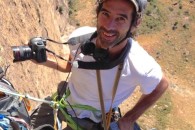

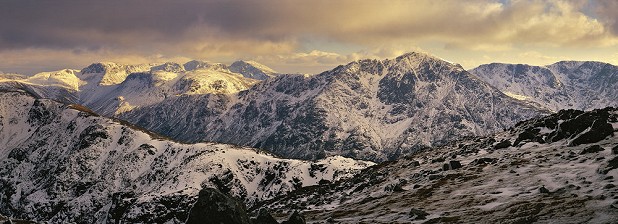


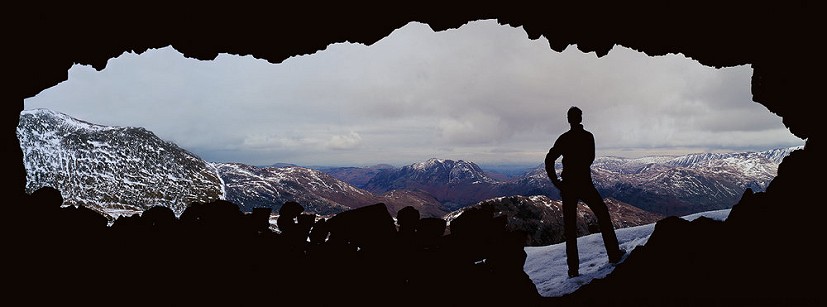



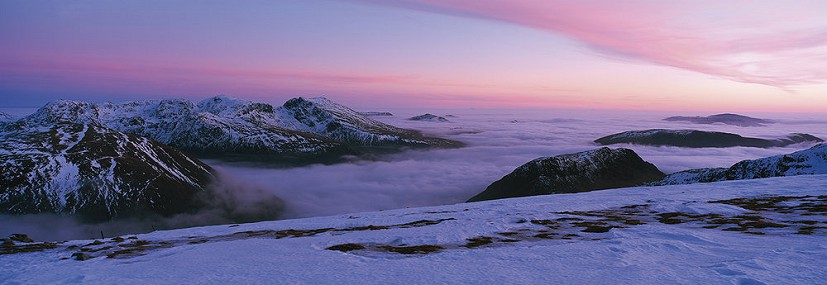
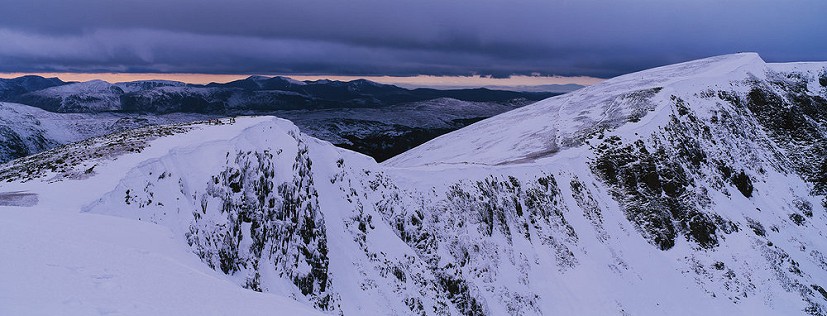
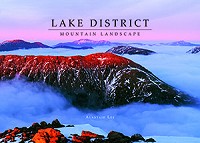





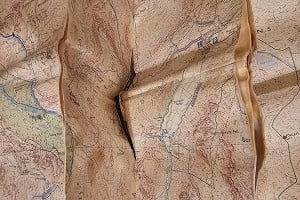
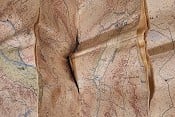
Comments